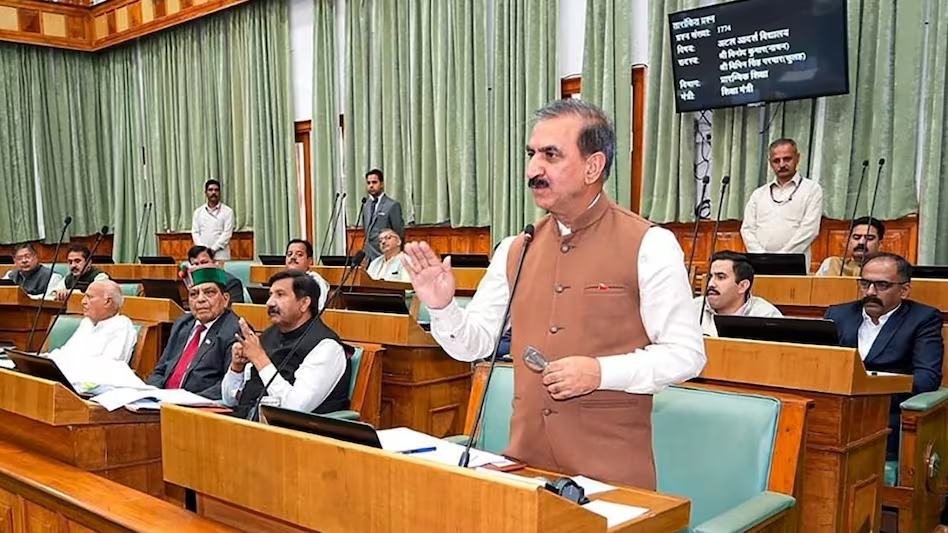- Courses
- GS Full Course 1 Year
- GS Full Course 2 Year
- GS Full Course 3 Year
- GS Full Course Till Selection
- Answer Alpha: Mains 2025 Mentorship
- MEP (Mains Enrichment Programme) Data, Facts
- Essay Target – 150+ Marks
- Online Program
- GS Recorded Course
- Polity
- Geography
- Economy
- Ancient, Medieval and Art & Culture AMAC
- Modern India, Post Independence & World History
- Environment
- Governance
- Science & Technology
- International Relations and Internal Security
- Disaster Management
- Ethics
- NCERT Current Affairs
- Indian Society and Social Issue
- NCERT- Science and Technology
- NCERT - Geography
- NCERT - Ancient History
- NCERT- World History
- NCERT Modern History
- CSAT
- 5 LAYERED ARJUNA Mentorship
- Public Administration Optional
- ABOUT US
- OUR TOPPERS
- TEST SERIES
- FREE STUDY MATERIAL
- VIDEOS
- CONTACT US
Expert Panel to Visit Goa Over Eco-Sensitive Zone Exclusions
Expert Panel to Visit Goa Over Eco-Sensitive Zone Exclusions
04-11-2024
- In November 2024, An expert committee appointed by the Union Environment Ministry is set to visit Goa to discuss the state's request for excluding certain villages from the eco-sensitive area (ESA) designation in the Western Ghats.
- This committee, a former director-general of forests, will assess whether Goa's demands for the exclusion of specific villages are valid.
Background:
- In August, the Centre released a draft notification declaring 56,825.7 sq km of the Western Ghats, which covers Gujarat, Maharashtra, Goa, Karnataka, Tamil Nadu, and Kerala, as ecologically sensitive.
- This area is known for its rich biodiversity and is under legal protection.
- The states were given a 60-day period to submit their views and objections regarding the villages designated as ESA.
Committee's Visit:
- This will be the committee's first field visit after the 60-day comment period ended.
- They will work alongside the Goa state government to verify the justification for the exclusion of certain villages.
- The state government has requested the exclusion of about 21 villages from the ESA list, all located in Sattari taluka in North Goa.
Village Designations:
- According to the draft notification from July 2024, 108 villages in Goa are marked as ESA, covering an area of 1,461 sq km.
- Most of these villages are in Sattari taluka, with others located in Canacona, Dharbandora, and Sanguem talukas in South Goa.
- The inclusion of these villages means there will be a complete ban on activities like mining, quarrying, and sand mining, and existing mining operations will need to be phased out within 5 years.
Local Perspectives
- A separate 7-member panel formed by the state government is also reviewing feedback from villagers who want their areas to remain within the ESA.
- For instance, Loliem and Poinguinim from Canacona taluka have submitted requests to retain their ESA status.
Future Steps:
- The latest draft notification includes the possibility of issuing final ESA notifications either on a state-by-state basis or as a single combined notification.
- This marks a shift from previous drafts, which did not specify how the final designations would be made.
Historical Context
- The effort to demarcate the ESA in the Western Ghats has been ongoing for 13 years.
- Initially, an expert panel led by ecologist Madhav Gadgil recommended designating the entire Western Ghats as ecologically sensitive and proposed establishing a regulatory authority for development.
- However, this recommendation was not implemented.
- Later, another panel led by space scientist K Kasturirangan was formed to use Gadgil's report as a basis for demarcation.
- The Kasturirangan panel's work resulted in the current ESA designation.
Kasturirangan and Gadgil Reports on Western Ghats:
What Are the Western Ghats?
Importance of the Western Ghats
Gadgil Committee Report:The Gadgil Committee (Western Ghats Ecology Expert Panel) was formed in 2010 to protect the ecology of the Western Ghats. Recommendations:
Criticism:
Kasturirangan Committee Report:Due to the lack of acceptance of the Gadgil Report, the Kasturirangan Committee was formed in 2012 to provide a comprehensive review. Recommendations:
Criticism:
|




